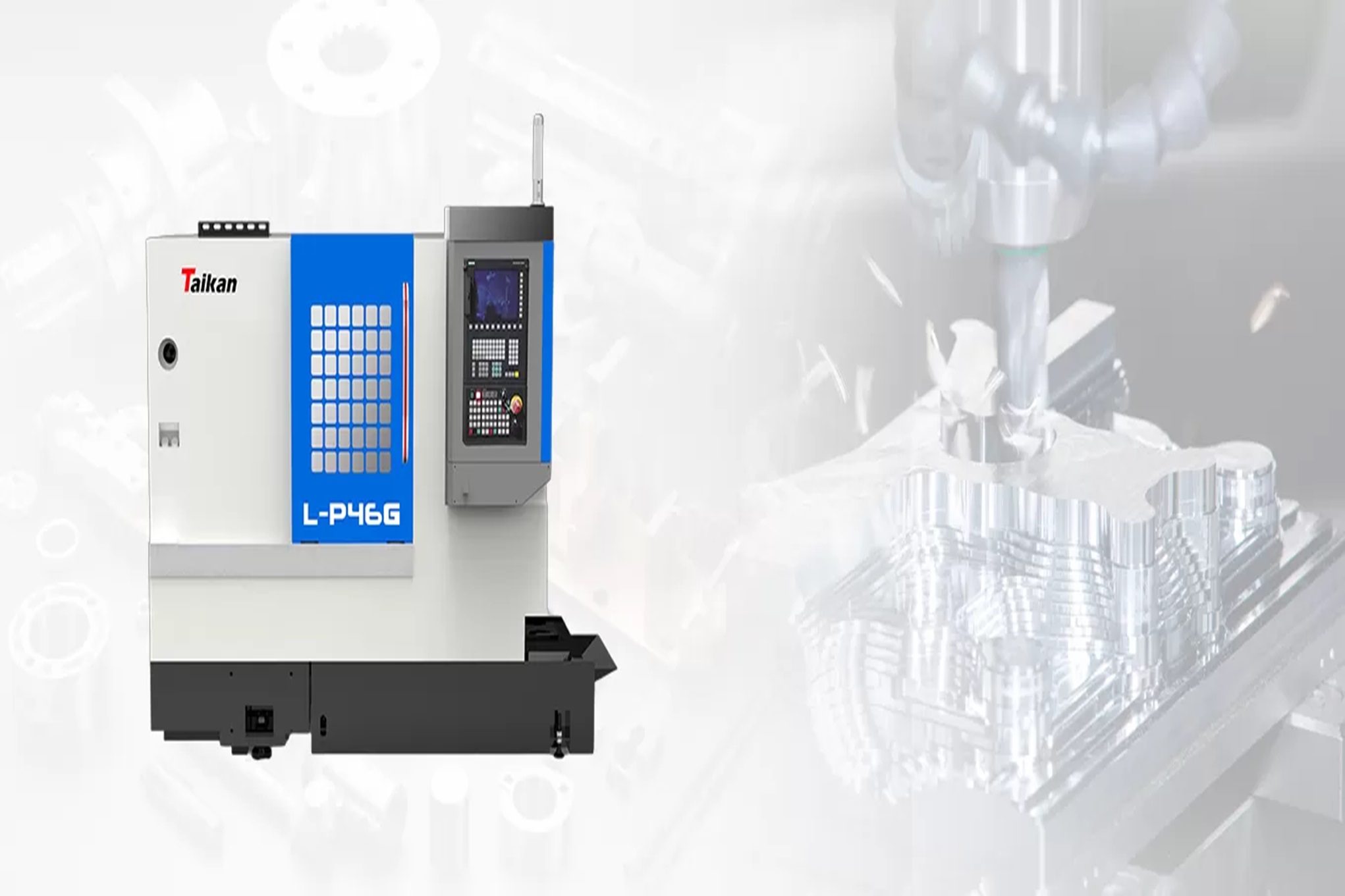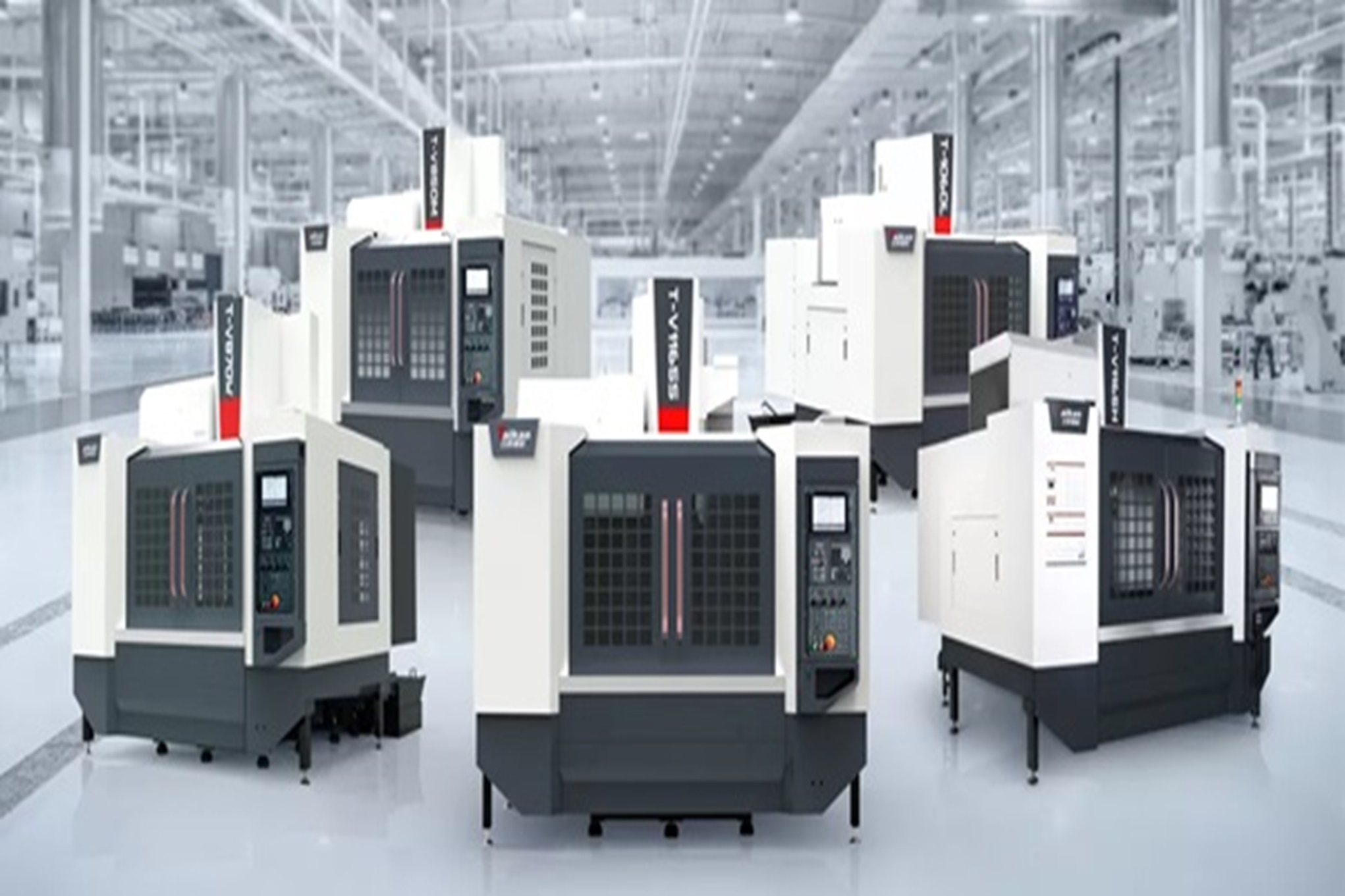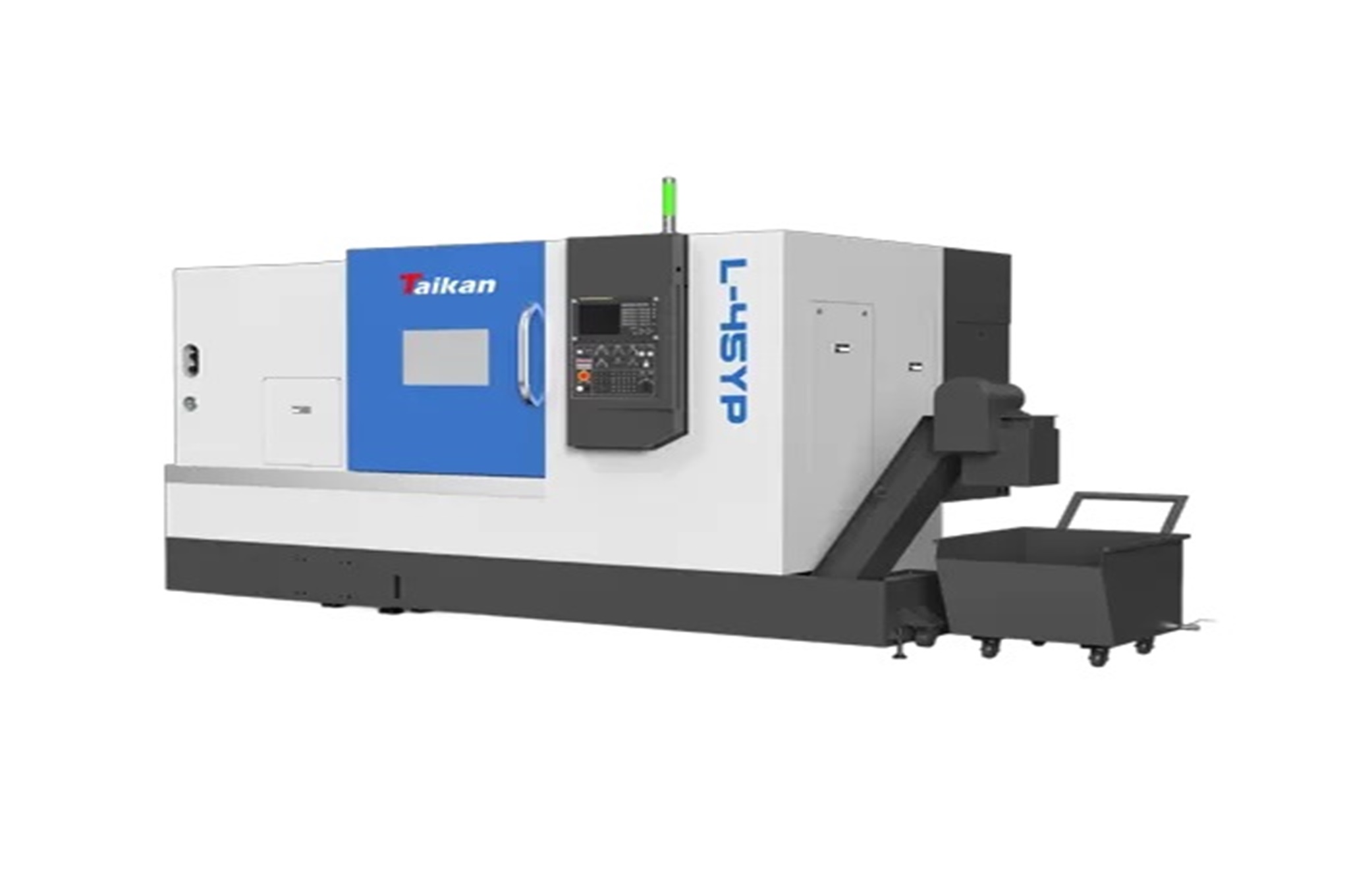CNC lathe machines are pivotal in the realm of modern manufacturing, offering unprecedented precision, efficiency, and versatility. These machines automate the traditional lathe functions with computer technology, enabling intricate designs and mass production with minimized human intervention. As the manufacturing sector evolves, understanding how CNC lathe machines function offers valuable insights into optimizing production processes and enhancing product quality. This article explores the definition of CNC lathe machines, highlights their key components, explains their basic operating principles, discusses their common applications in manufacturing, and details their advantages over manual lathes.
Definition of CNC Lathe Machines
A CNC lathe machine is a computer-controlled machine used to remove material from a workpiece to create a desired shape, typically cylindrical. Unlike manual lathes, CNC lathes are equipped with computer numerical control (CNC) technology, which allows for automated precision and complex shaping tasks.
Feature | Manual Lathe | CNC Lathe |
Operation | Manual control | Automated control via computer |
Precision | Operator-dependent | High precision due to programmed commands |
Complexity | Limited to simple shapes | Capable of complex shapes |
Efficiency | Time-consuming | High efficiency, reduced human error |
Key Components of a CNC Lathe
Understanding the key components of a CNC lathe machine is essential to comprehend its operation fully. These components include:
Bed: The solid base of the lathe, which ensures stability and alignment.
Headstock: Houses the spindle, which rotates the workpiece.
Tailstock: Supports the other end of the workpiece when necessary.
Tool Turret: Contains multiple tool holders, facilitating tool changes without manual intervention.
Control Panel: The interface where operators input commands and monitor operations.
The integration of these components within a CNC machining center enhances the machine's functionality, making it a vital part of advanced manufacturing setups such as CNC machining centres, tapping machining, and precision CNC milling.
Basic Operating Principles
The operation of a CNC lathe involves several steps to transform raw material into a finished product. The basic operating principles are as follows:
Programming: The process begins with creating a detailed program that specifies the movement and cutting operations required, often using CAD/CAM software.
Setup: The workpiece is securely mounted on the spindle and centered properly for accurate machining.
Execution: The CNC lathe receives instructions from the control unit and performs precise cutting, turning, and other operations as programmed, producing parts with tight tolerances.
Finalization: Upon completion, the machine automatically stops, and the finished product can be checked against quality standards.
This advanced automation is what makes CNC turning and milling machines invaluable for mass production, ensuring consistency and accuracy across batches.
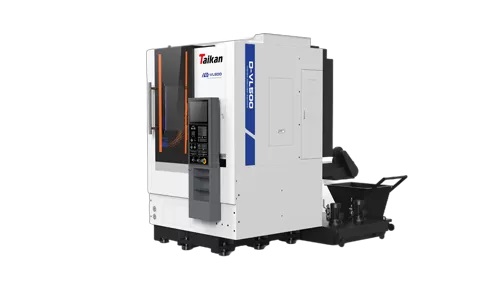
Common Applications in Manufacturing
CNC lathe machines find applications in a wide range of industries, from automotive to aerospace machining. They are used for:
Creating precision components: Such as those used in CNC aerospace machining and cnc machining aerospace parts.
Producing custom parts: For machinery upgrades or replacements, which could include options like a custom hydraulic cylinder.
Mass production: For standardized components across industries, increasing production rates and maintaining uniform quality.
Complex shape manufacturing: Enabled by advanced models like five axis cnc machines and horizontal machining centers.
Moreover, their versatility has made CNC lathe machines for sale a sought-after commodity, with demand extending to industries looking for reliable machinery for innovative applications.
Advantages Over Manual Lathes
The shift from manual to CNC lathe machines has revolutionized manufacturing due to several advantages:
Enhanced Precision: CNC technology allows for high-precision manufacturing, ideal for industries requiring accuracy, such as cnc machining for aerospace.
Improved Efficiency: Automated processes reduce operational time, leading to faster production cycles and reduced labor costs.
Consistency: CNC lathes produce uniform products, ensuring each item meets identical specifications, which is crucial for mass production.
Flexibility: Modern CNC lathes can be reprogrammed for different tasks, adapting to various production needs with minimal downtime.
Safety: Automation reduces the need for operator intervention, minimizing the risk of workplace accidents.
With these benefits, CNC lathe machines are an integral part of modern machining centers, serving diverse sectors, from high precision cnc machining to cnc engraving applications.
Conclusion
The evolution of CNC lathe machines has transformed manufacturing, offering versatility, precision, and efficiency that manual counterparts cannot match. By understanding their components, functions, and applications, businesses can better integrate these machines into their production lines, enhancing overall output quality and operational performance. Whether you are looking for a cnc lathe for sale or exploring market innovations like the vertical cnc machine or automatic lathe, ensuring you select the right equipment is key to achieving manufacturing excellence. As industries continue to demand higher standards of production and complexity, CNC machining centers will remain at the forefront, driving innovation and development.

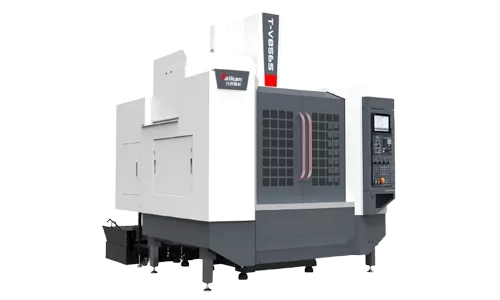
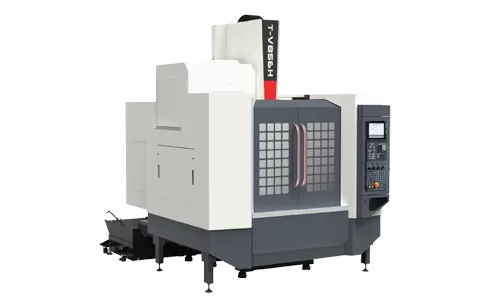
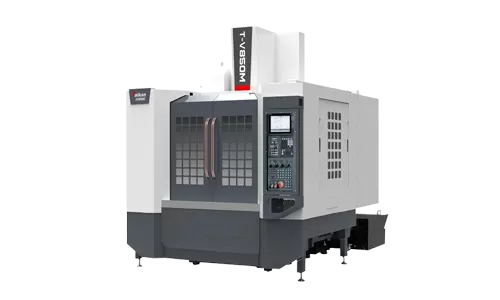
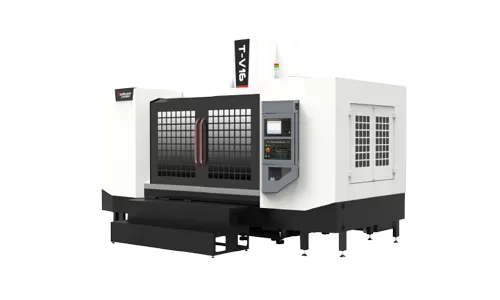

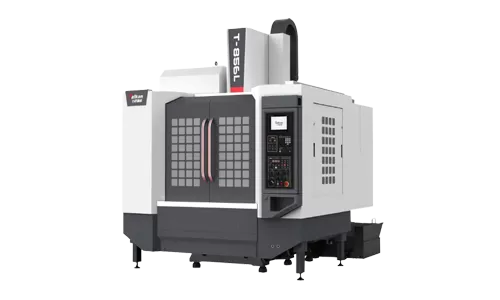

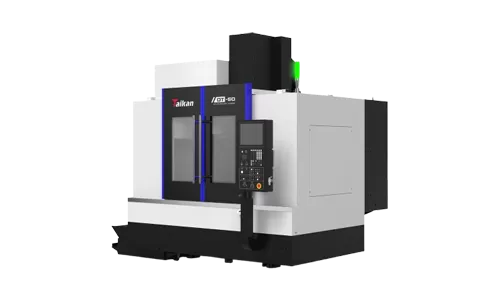

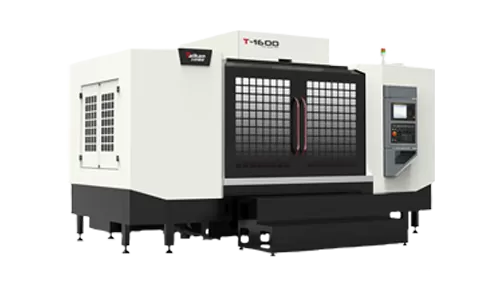
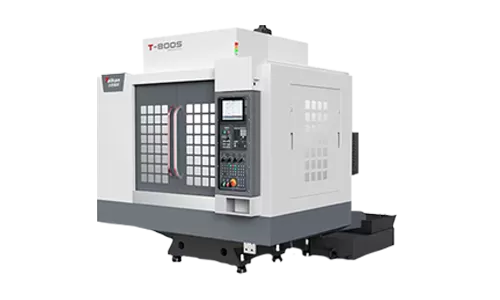
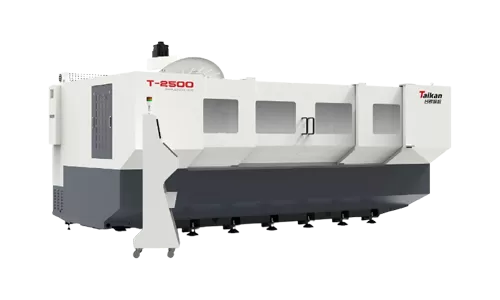


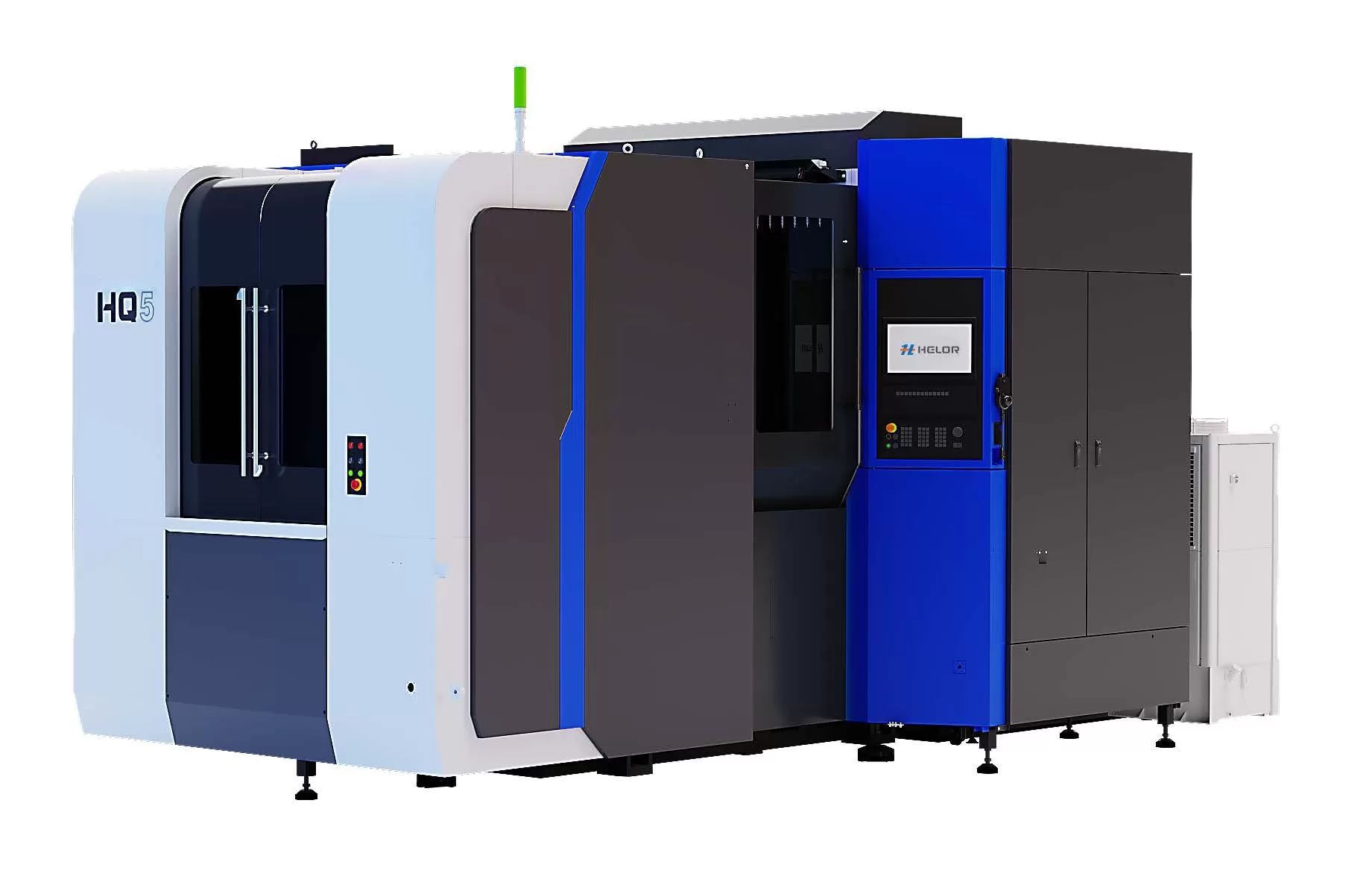
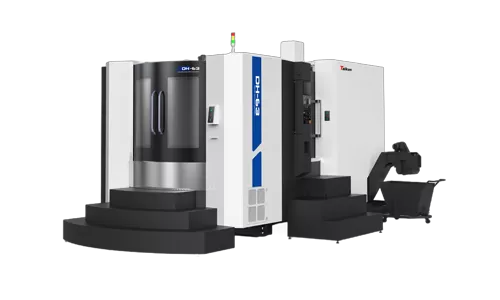

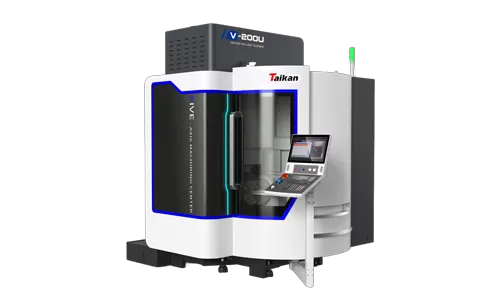
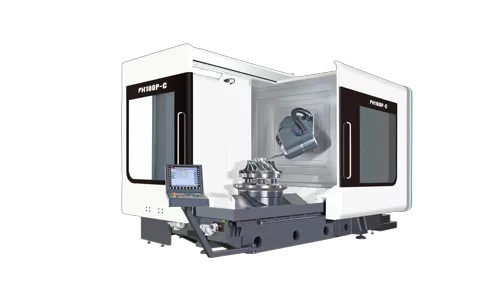
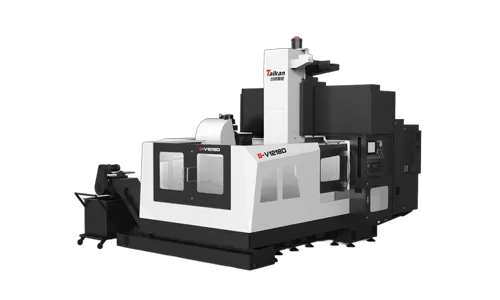
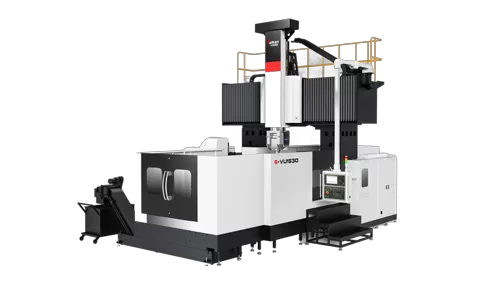

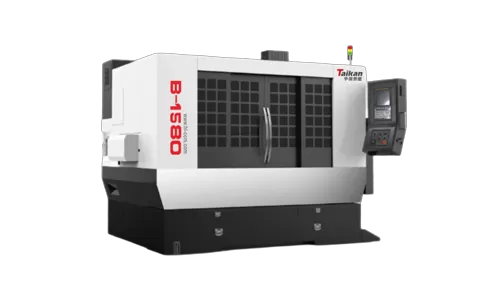

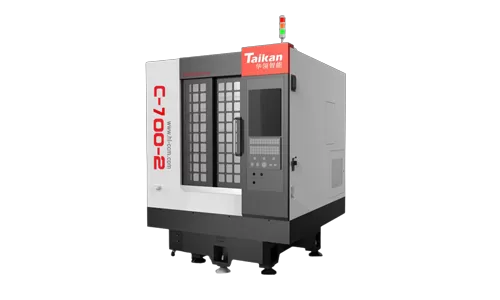
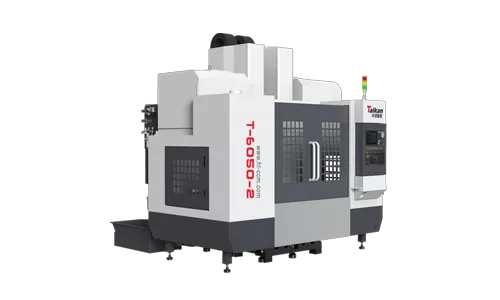
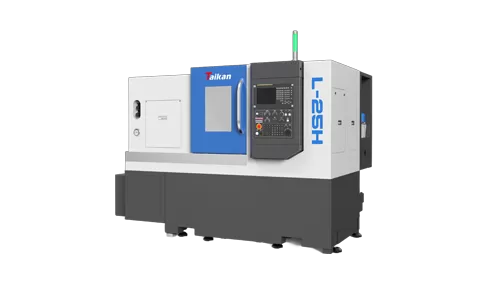



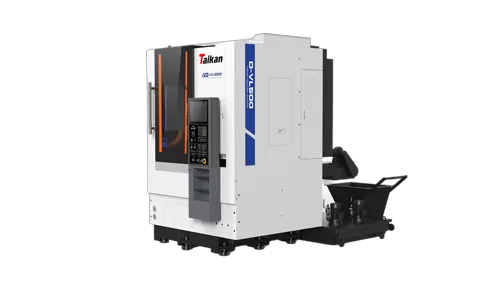
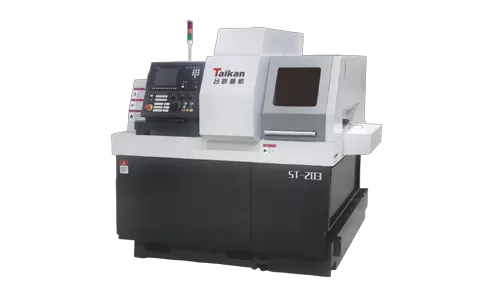
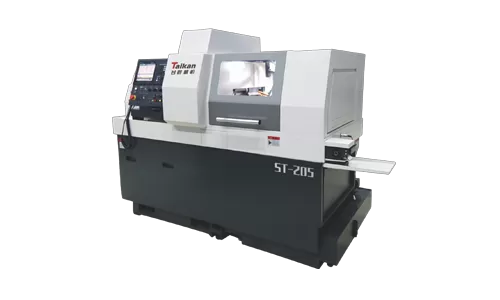
 Vertical Machining Center Drilling and Milling Machining Center Profile Machining Center Horizontal Machining Center 5-Axis Machining Center Gantry Machining Center CNC Multi-Head High-Speed Machining Center CNC Lathe CNC Swiss-Type Automatic LatheS series Standard Edition with 3-Axis Linear Guide Rails H Series Advanced Edition with 3-Axis Linear Guide Rails M Series Excellent Rigidity T-V Series Light Cutting W Series Hub Machining L Series Two Rails and One Hard Rail T Series 3-Axis Hard Rail DT Series High Precision Vertical Machining CenterB Series Drilling & Milling Machining Center S Series Drilling & Milling Machining Center SE Series Drilling & Milling Machining CenterT Series Moving Column Type & BT30 (Tilt-Disc Tool Magazine) V Series Moving Column Type & BT40 (Tilt-Disc Tool Magazine)T-H11 Horizontal Machining Center HQ5 High Rigidity Horizontal Machining Center DH-63 Horizontal Machining Center DH-100S Horizontal Machining CenterG-V Series 3-Axis Linear Guides G-VU Series 5-Axis Gantry Machining Center G-BU Series Bridge 5-Axis Gantry Machining CenterSingle-Head High-Speed Engraving Machining Center Multi-Channel High-Speed Machining Center Multi-Head High-Speed Engraving Machining Center Multi-Head Vertical Machining Center
Vertical Machining Center Drilling and Milling Machining Center Profile Machining Center Horizontal Machining Center 5-Axis Machining Center Gantry Machining Center CNC Multi-Head High-Speed Machining Center CNC Lathe CNC Swiss-Type Automatic LatheS series Standard Edition with 3-Axis Linear Guide Rails H Series Advanced Edition with 3-Axis Linear Guide Rails M Series Excellent Rigidity T-V Series Light Cutting W Series Hub Machining L Series Two Rails and One Hard Rail T Series 3-Axis Hard Rail DT Series High Precision Vertical Machining CenterB Series Drilling & Milling Machining Center S Series Drilling & Milling Machining Center SE Series Drilling & Milling Machining CenterT Series Moving Column Type & BT30 (Tilt-Disc Tool Magazine) V Series Moving Column Type & BT40 (Tilt-Disc Tool Magazine)T-H11 Horizontal Machining Center HQ5 High Rigidity Horizontal Machining Center DH-63 Horizontal Machining Center DH-100S Horizontal Machining CenterG-V Series 3-Axis Linear Guides G-VU Series 5-Axis Gantry Machining Center G-BU Series Bridge 5-Axis Gantry Machining CenterSingle-Head High-Speed Engraving Machining Center Multi-Channel High-Speed Machining Center Multi-Head High-Speed Engraving Machining Center Multi-Head Vertical Machining Center
 es
es  pt
pt  ar
ar  tr
tr  fr
fr  de
de  it
it  th
th  vi
vi  pl
pl  ms
ms  hi
hi  id
id  kk
kk 
